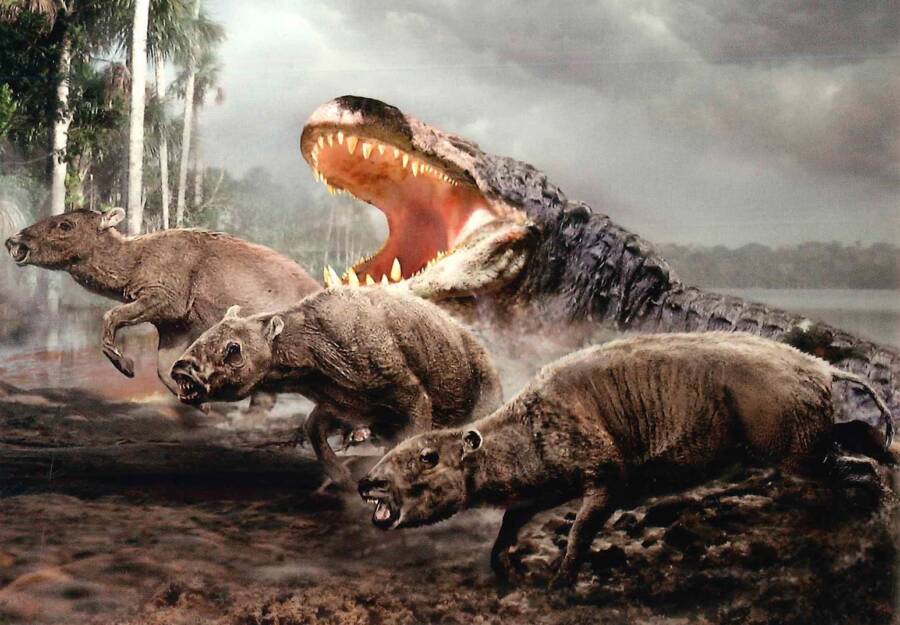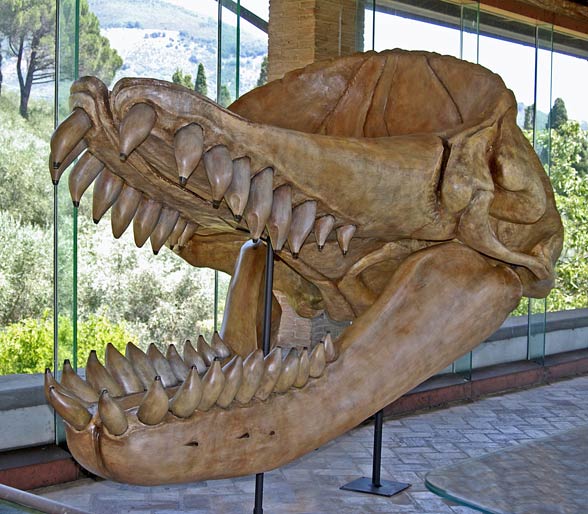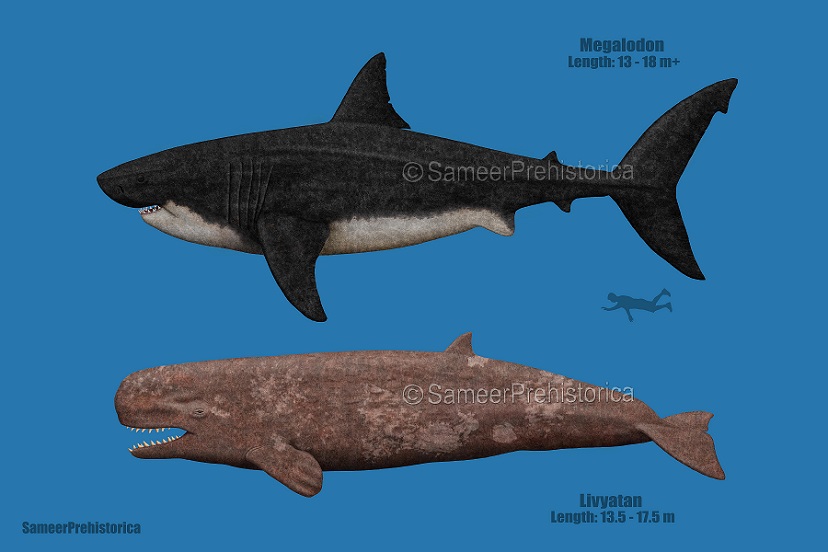This blog will feature an especially interesting species of ancient fish, the coelacanth. These are among the most primitive fish, originating hundreds of millions of years before the dinosaurs.
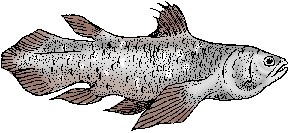
Coelacanth are what is known as lobe-finned fish, which is a reference to their fins being attached to fleshy limbs each articulated using a single bone. It is almost like having an arm upon which the fins are then formed. This is most obvious in the tail and front/pectoral fins of the fish pictured above. That fat, wide structure that ends in a thin row of fins was a staple characteristic of ancient fish. It is believed that lobe-finned fish such as these eventually evolved into amphibians, reptiles, and eventually fully terrestrial quadrupeds. In essence, fish like this are the ancestor to all life on land.
Debatably the most incredible feature of the Coelacanth in particular is that it is still alive today.

Fossil evidence suggested that this animal had gone extinct 80 million years ago, until 1938 when a Museum Curator in South Africa found a dead Coelacanth in a pile of by-catch from local fishing boats. Following this first sighting, more specimens were seen in outdoor fish markets, and between 1938 and the early 2,000s several populations of coelacanth were identified in the West Indian Ocean, along the Eastern and Southern coasts of Africa as well as in Indonesia.

Coelacanths live in underwater caverns, between 100 and 500 meters deep,typically near areas of volcanic activity. Areas such as this attract many other fish, cephalopods, and other aquatic animals which the coelacanth feeds on. It is an extremely primitive fish, so it relies on a form of feeding called passive drifting. This boils down to the fish swimming aimlessly and eating whatever it happens upon. More complex hunting behaviors are not likely due to the extremely small brain of the Coelacanth, which occupies only 1.5% of its brain cavity, the rest of which is filled with fat. It seems as though its only instincts as far as hunting are to identify what in its environment is edible, through smell or sight, and then to consume it.
Two species of Coelacanth have been identified so far, the Comoros Coelacanth and the Sulawesi Coelacanth, each named for the islands near which they have been found. The total population of Coelacanths remaining in the world is unknown, though it is estimated to be in the ballpark of 10,000, though the Comoros Coelacanths found near Africa are significantly more vulnerable, with an estimated remaining population of 500 or less. However, Coelacanths are more or less safe from fishing by humans, as their scales and flesh produce large amounts of oil and urea which give them a poor flavor and can cause sickness. They are still accidentally caught in nets, though this is infrequent due to their cave-dwelling behavior, and they will never be intentionally hunted.
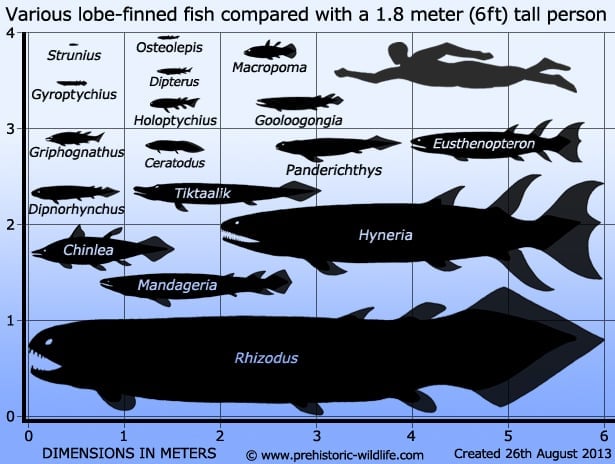 These ancient fish are representative of a once incredibly diverse clade that was the dominant form of fish on the planet at one point, and can be considered living fossils. This is one of few animals I can think of that provides us living proof as to what animals looked like hundreds of millions of years ago, and is certainly the oldest example of this.
These ancient fish are representative of a once incredibly diverse clade that was the dominant form of fish on the planet at one point, and can be considered living fossils. This is one of few animals I can think of that provides us living proof as to what animals looked like hundreds of millions of years ago, and is certainly the oldest example of this.
Sources:
https://www.britannica.com/animal/coelacanth
https://australian.museum/learn/animals/fishes/coelacanth-latimeria-chalumnae-smith-1939/
https://animals.net/coelacanth/
